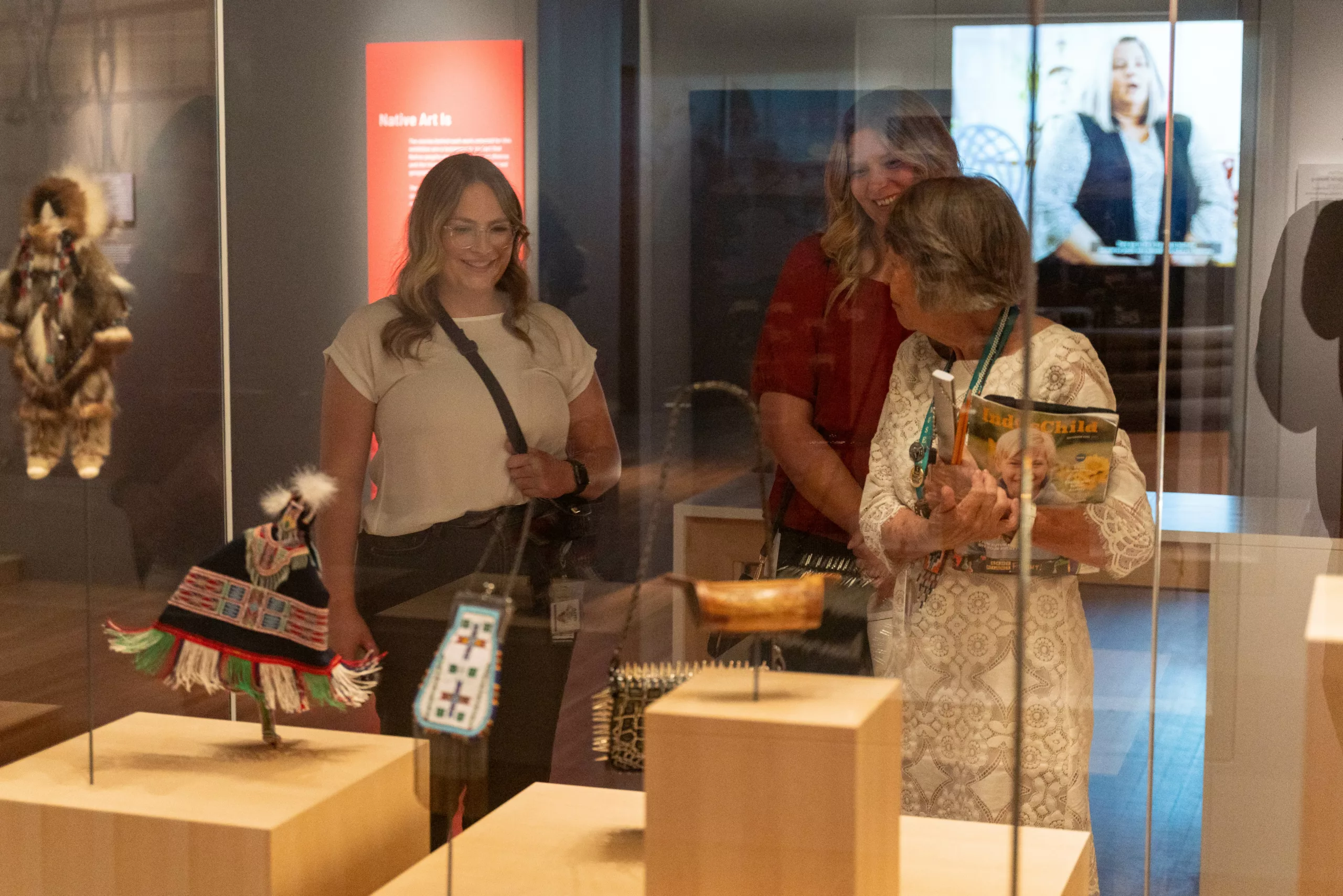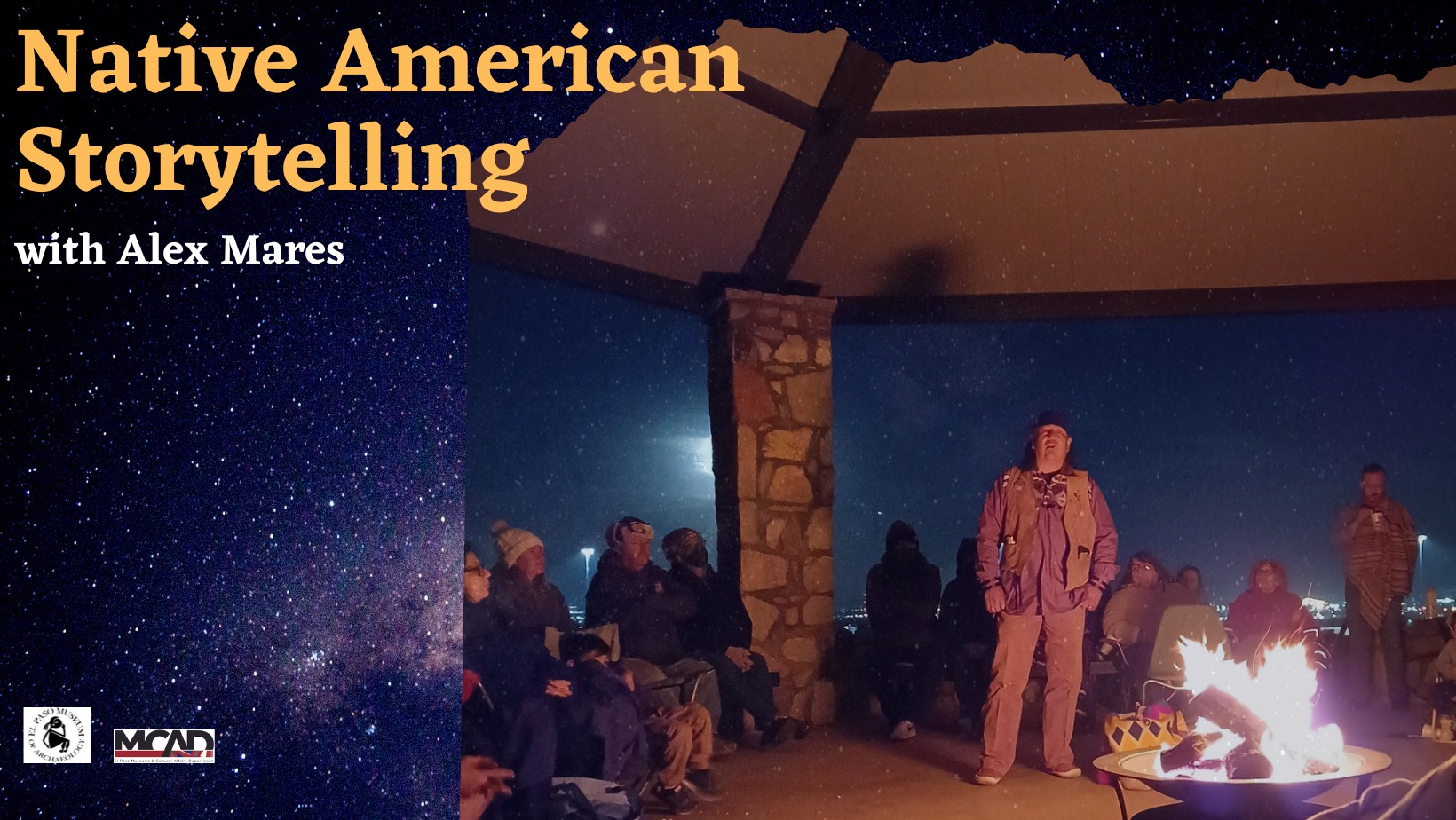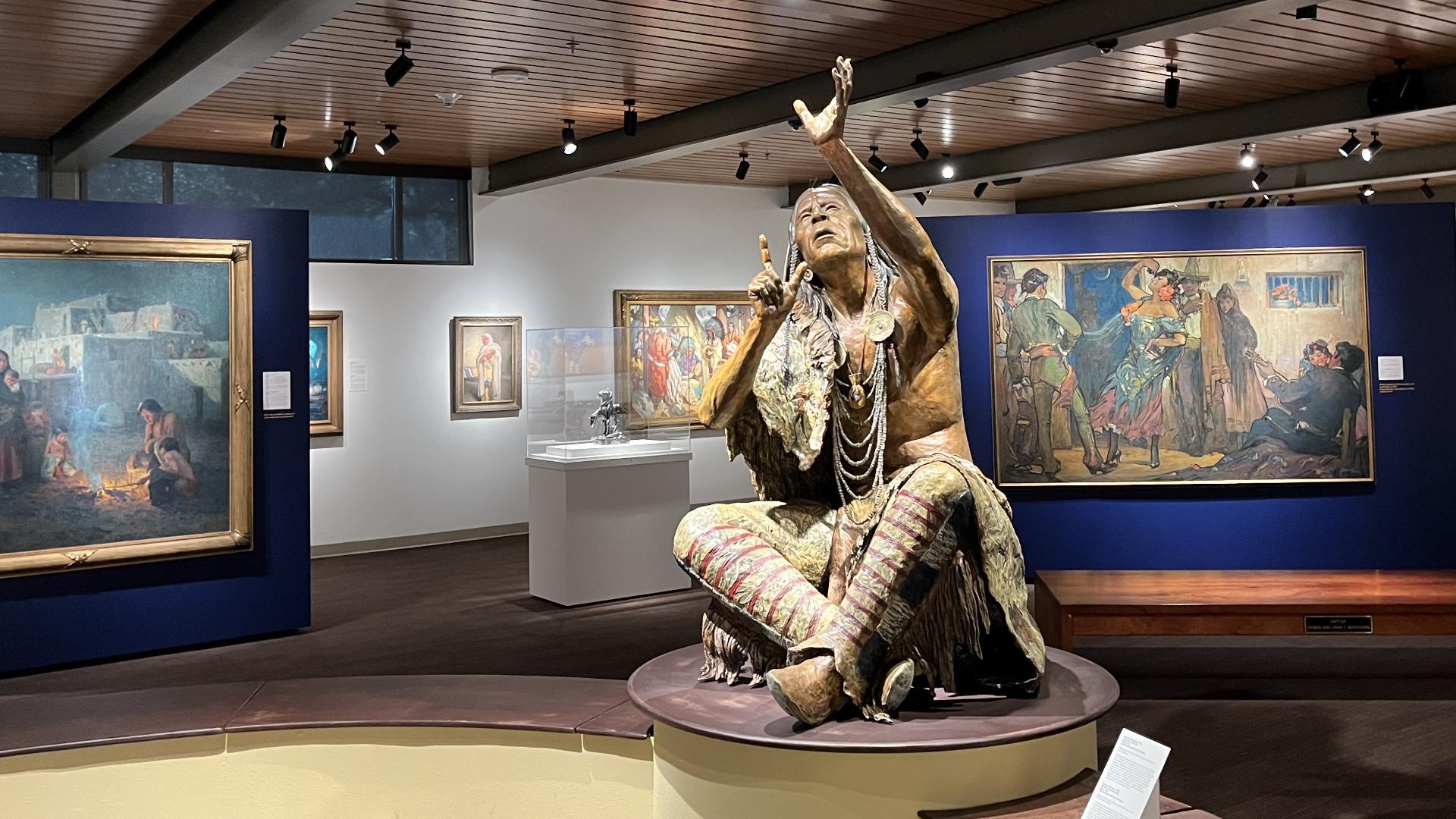
Native American Museums with Storytelling Events: A Nexus of Cultural Preservation, Decolonization, and Living Heritage
Abstract: This article explores the profound significance of Native American museums that integrate storytelling events into their core mission. Moving beyond traditional museological paradigms, these institutions serve as dynamic platforms for cultural revitalization, intergenerational knowledge transfer, and decolonization. By foregrounding Indigenous voices and oral traditions, they challenge historical narratives, foster empathy, and provide authentic representations of diverse Native American cultures as living, evolving entities. This analysis delves into the historical context, theoretical underpinnings, practical methodologies, and transformative impacts of such museums, positioning them as vital agents in contemporary cultural discourse.
1. Introduction: Reimagining the Museum Landscape
The traditional Western museum, historically rooted in Enlightenment ideals and often implicated in colonial practices of collection and representation, has undergone significant introspection and transformation in recent decades. For Native American communities, museums have frequently been sites of contested narratives, where cultural heritage was objectified, decontextualized, and presented through an external, often ethnocentric, lens. However, a powerful paradigm shift has emerged with the rise of tribally-operated and culturally-responsive Native American museums. These institutions are not merely repositories of artifacts but vibrant cultural centers dedicated to self-representation, sovereignty, and the active perpetuation of living traditions.

Central to this transformative movement is the strategic integration of storytelling events. Storytelling, a cornerstone of Indigenous epistemologies and cultural transmission, breathes life into museum spaces, converting static exhibits into dynamic encounters with living heritage. This article posits that Native American museums, when empowered by robust storytelling programs, transcend their conventional roles to become crucial sites for cultural preservation, decolonization, and profound cross-cultural understanding.
2. The Evolution of Native American Museums: From Collection to Curation
The trajectory of Native American cultural representation within museum settings is complex. Early ethnographic collections, often amassed through unethical means during periods of forced assimilation and territorial expansion, tended to categorize Indigenous peoples as subjects of a "vanishing race." Artifacts were displayed as relics of a past civilization, rather than as components of ongoing, vibrant cultures. This approach systematically denied Indigenous agency, voice, and contemporary existence.
The latter half of the 20th century witnessed a growing movement for Indigenous self-determination, which profoundly impacted the museum sector. Legislation such as the Native American Graves Protection and Repatriation Act (NAGPRA) of 1990 in the United States marked a pivotal moment, mandating the return of ancestral remains and cultural items to their lineal descendants. Concurrently, Native American communities began establishing their own cultural institutions, driven by an imperative to reclaim narratives, safeguard heritage, and present their histories and cultures on their own terms.
These Indigenous-led museums operate on principles fundamentally different from their colonial predecessors. They prioritize:
- Sovereignty and Self-Representation: Ensuring that the interpretation and display of cultural materials are guided by Indigenous perspectives and knowledge systems.
- Community Engagement: Actively involving tribal elders, cultural practitioners, and community members in all aspects of museum operations, from planning to programming.
- Cultural Revitalization: Supporting the continuity of traditional languages, arts, and practices.
- Education and Advocacy: Serving as educational resources for both Indigenous and non-Indigenous audiences, challenging stereotypes, and advocating for Indigenous rights.

Within this evolving landscape, storytelling emerges not as an ancillary activity but as an intrinsic, indispensable component of the museum’s core mission.
3. The Enduring Power of Indigenous Storytelling
In Native American cultures, storytelling is far more than mere entertainment; it is a foundational pedagogical, historical, spiritual, and legal framework. Oral traditions are sophisticated systems for transmitting complex knowledge across generations, embodying entire worldviews. Stories serve multiple critical functions:
- Historical Record: Documenting ancestral migrations, significant events, intertribal relations, and interactions with non-Indigenous peoples. These oral histories often predate and complement written records.
- Ethical and Moral Instruction: Conveying societal values, moral principles, and appropriate behavior through narratives that illustrate consequences and wisdom.
- Spiritual and Ceremonial Guidance: Explaining creation myths, spiritual beliefs, and the protocols for sacred ceremonies, connecting individuals to the cosmos and their ancestors.
- Ecological Knowledge: Imparting deep understanding of local ecosystems, plant and animal behaviors, sustainable practices, and the reciprocal relationship between humans and the natural world.
- Language Preservation: Serving as a primary vehicle for teaching and reinforcing Indigenous languages, which are intrinsically linked to cultural identity.
- Identity Formation: Reinforcing individual and collective identity, fostering a sense of belonging, and connecting present generations to their heritage.
Unlike static written texts, oral stories are dynamic, adaptable, and often performed with specific vocalizations, gestures, and contextual nuances that enhance their meaning and impact. The storyteller, or orator, is a highly respected figure, trained in the art of memory, improvisation, and cultural protocol. When brought into the museum space, this living tradition transforms passive viewing into active engagement and cultural immersion.
4. Integrating Storytelling into Museum Practice: Methodologies and Impact
The integration of storytelling events into Native American museums represents a deliberate strategy to decolonize museological practice and foster authentic cultural exchange. This involves a range of methodologies and yields profound impacts:
4.1. Methodologies of Integration:
- Direct Engagement with Elders and Cultural Bearers: The most authentic approach involves inviting respected tribal elders and cultural practitioners to share stories in their native languages (with translation, if necessary) or in English. These storytellers are recognized as primary experts and knowledge holders.
- Thematic Storytelling Sessions: Programs are often curated around specific themes, such as creation stories, trickster tales, historical accounts, seasonal narratives, or stories related to particular exhibits or artifacts. This provides context and deeper meaning to displayed objects.
- Personal Narratives and Oral Histories: Beyond traditional tales, museums facilitate the sharing of contemporary personal stories and oral histories, capturing lived experiences of residential schools, urban relocation, activism, and cultural revitalization efforts. This bridges the past with the present and showcases the resilience and adaptability of Native communities.
- Interactive Workshops: Some museums host workshops where visitors, especially younger generations, can learn the art of storytelling, participate in narrative creation, or engage in related traditional arts.
- Digital Storytelling Initiatives: Leveraging technology, museums utilize audio recordings, video installations, and interactive digital platforms to present stories, making them accessible to broader audiences and ensuring their preservation.
- Performance-Based Storytelling: Integrating traditional music, dance, and spoken word performances that embody narrative elements, creating a multi-sensory and immersive experience.
4.2. Transformative Impacts:
- Decolonizing Narratives: Storytelling directly counters colonial narratives by centering Indigenous voices and perspectives. It reclaims the authority of interpretation and challenges dominant historical accounts.
- Humanizing the Museum Experience: By providing personal and cultural context, stories transform artifacts from mere objects into living testaments of human ingenuity, spirituality, and resilience. This fosters empathy and connects visitors on a deeper, emotional level.
- Cultural Revitalization and Intergenerational Transfer: Storytelling events provide vital opportunities for Indigenous youth to connect with their elders, learn their languages, and internalize their cultural heritage, thereby strengthening cultural continuity and identity.
- Promoting Cross-Cultural Understanding: For non-Indigenous visitors, storytelling offers an unparalleled opportunity to learn directly from Indigenous peoples, dispelling stereotypes, fostering respect, and building bridges of understanding. It moves beyond superficial appreciation to a more profound engagement with Indigenous worldviews.
- Dynamic Engagement: Unlike static exhibitions, storytelling events are dynamic, performative, and often interactive, encouraging active participation and dialogue. This makes the museum a vibrant, living space rather than a passive repository.
- Ethical Representation: The emphasis on Indigenous storytellers ensures that cultural narratives are presented with authenticity, respect for cultural protocols, and an understanding of the responsibilities associated with sharing sacred or sensitive knowledge.
5. Challenges and Future Directions
Despite their immense value, Native American museums utilizing storytelling face several challenges:
- Funding and Resources: Securing consistent funding for culturally sensitive programming, storyteller honoraria, and specialized staff can be difficult.
- Cultural Protocols: Navigating the complexities of cultural protocols regarding the sharing of specific stories (e.g., gender-specific, seasonal, or sacred narratives) requires careful attention and ongoing consultation with communities.
- Audience Engagement: Attracting and retaining diverse audiences, particularly non-Indigenous visitors who may be unfamiliar with Indigenous oral traditions, requires innovative marketing and educational outreach.
- Language Barriers: For stories shared in Indigenous languages, providing effective and respectful translation is crucial without diminishing the original linguistic and cultural nuances.
Looking forward, the future of Native American museums with storytelling events will likely involve:
- Enhanced Digital Integration: Utilizing virtual reality, augmented reality, and sophisticated online platforms to bring stories to global audiences while maintaining cultural integrity.
- Expanded Collaborative Networks: Forming stronger partnerships with educational institutions, other museums, and cultural organizations to amplify reach and impact.
- Focus on Contemporary Storytelling: Continuing to highlight the relevance of Indigenous oral traditions to contemporary issues, including environmental justice, social equity, and political sovereignty.
- Training and Mentorship: Developing programs to train new generations of Indigenous storytellers and museum professionals in culturally appropriate museological practices.
6. Conclusion: Museums as Living Cultural Hubs
Native American museums that embrace storytelling events are at the forefront of a transformative movement in museology. They are not merely institutions that display culture but rather active participants in its perpetuation, revitalization, and interpretation. By prioritizing Indigenous voices and oral traditions, these museums effectively decolonize historical narratives, foster profound cross-cultural understanding, and serve as vital hubs for intergenerational knowledge transfer. They demonstrate that a museum can be a living entity—a place where history is not confined to the past but actively informs the present and shapes the future, where stories are not just heard but experienced, understood, and carried forward. This dynamic model offers a powerful testament to the enduring resilience and profound wisdom embedded within Native American cultures, inviting all to engage with a vibrant, living heritage.


